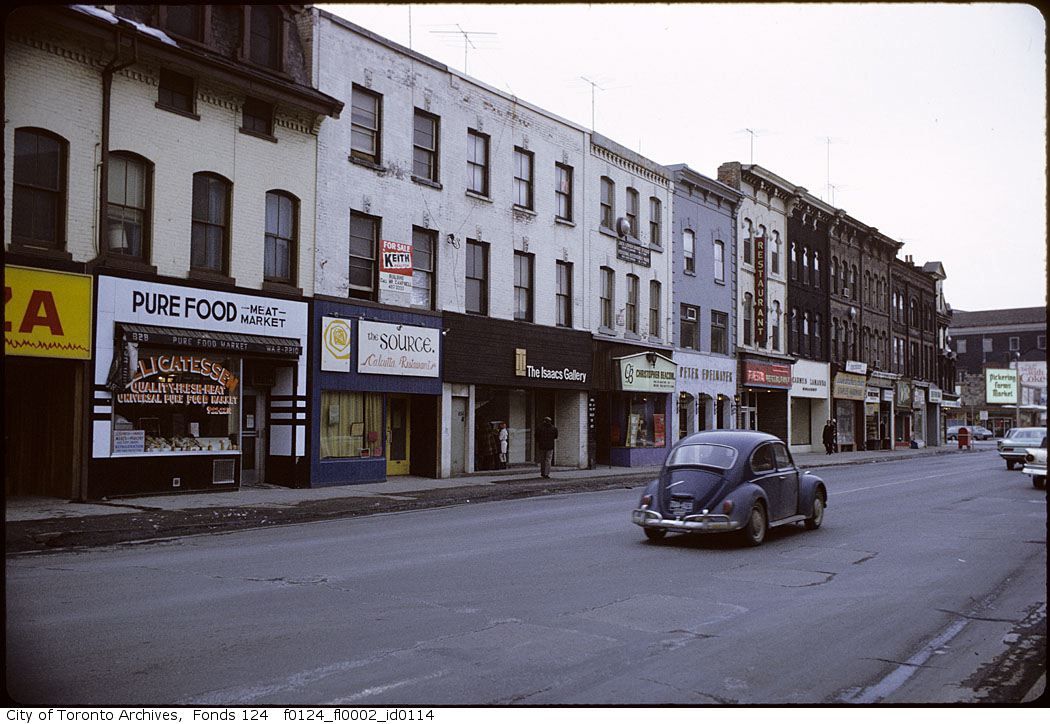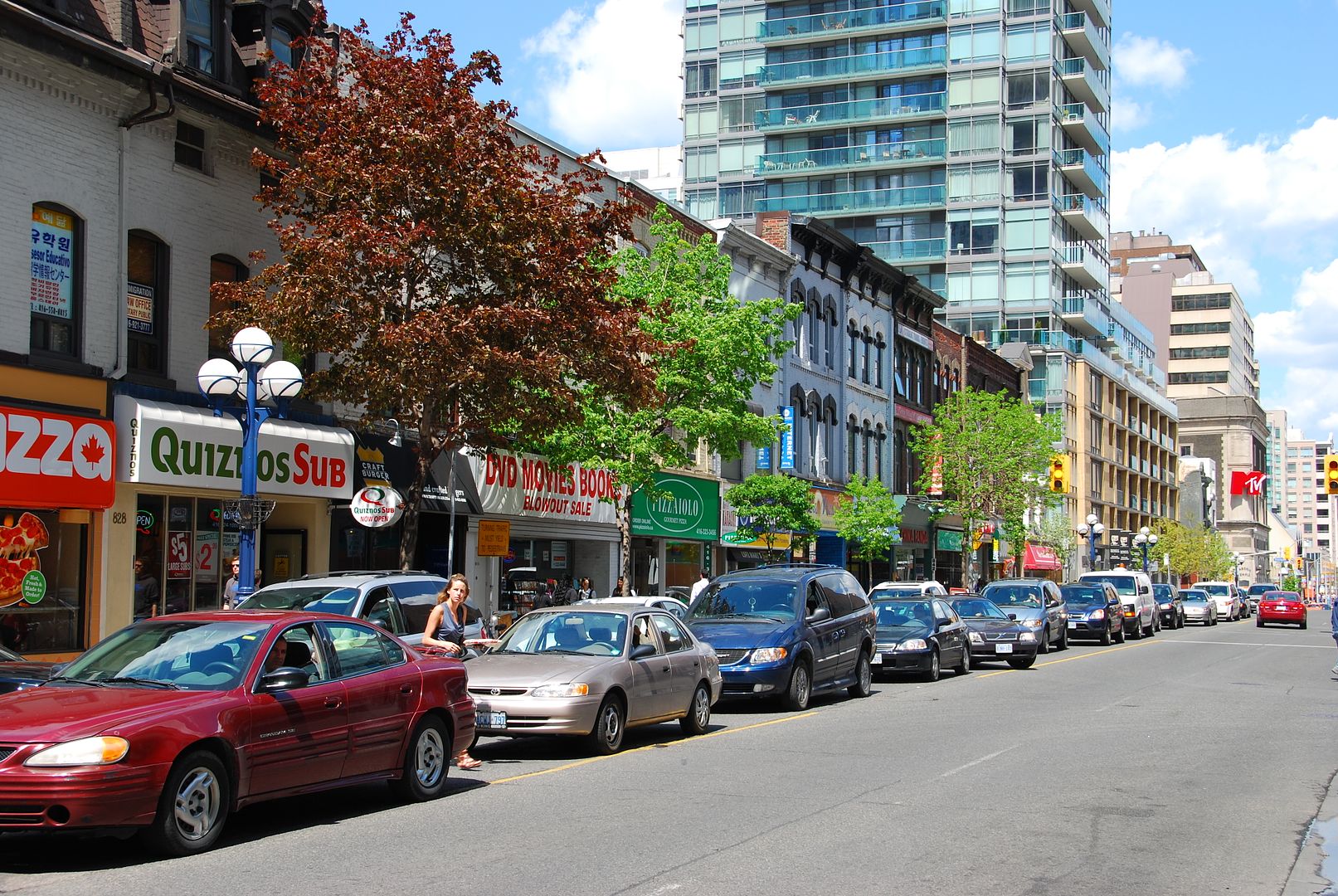DSCToronto
Superstar
Member Bio
- Joined
- Jan 13, 2008
- Messages
- 21,802
- Reaction score
- 35,238
- Location
- St Lawrence Market Area
It's amazing just how common cornice stripping has been. We have so many Victorian commercial streets intact, but so much of their roofline ornamentation has been stripped. Its my hope that with the increased interest in recreating Victorian styles (i.e. in new subdivisions) and awareness of Victorian ornamentation by the online publishing of archival photos, we'll see a movement towards restoring the ornamentation, at least with more prominent buildings at first.
One example of the reversal of cornice stripping (a great phrase!) is the building at the NE corner of The Esplanade and Church Street. It had its cornice reinstalled a couple of years ago, at least on the two street-fronting sides. It certainly made the building look MUCH better!












